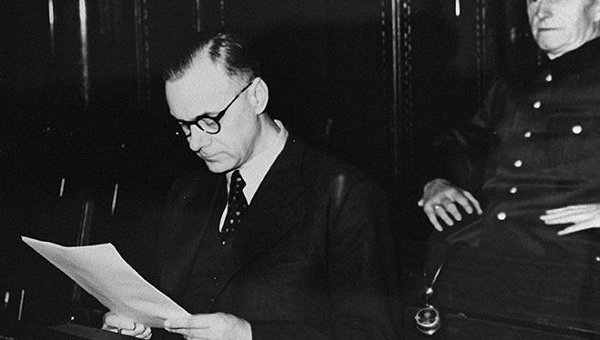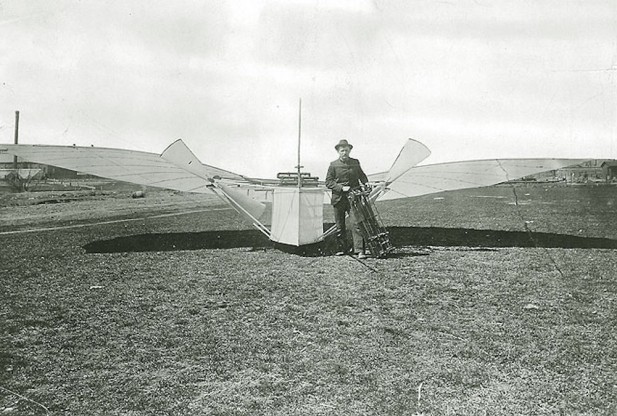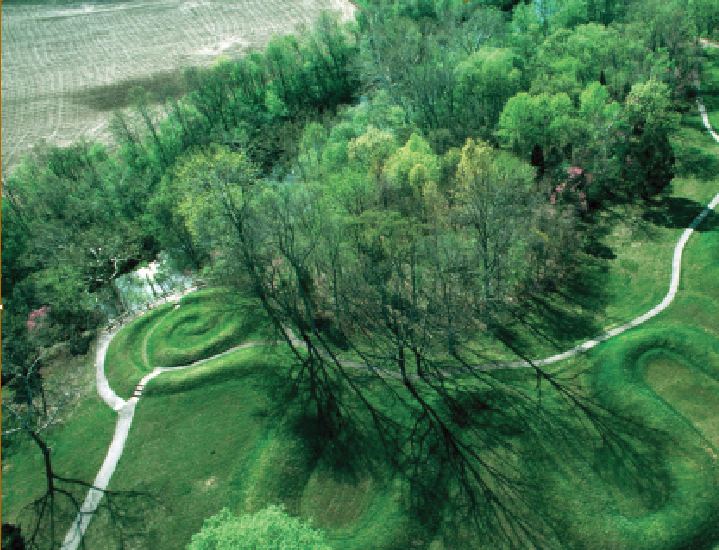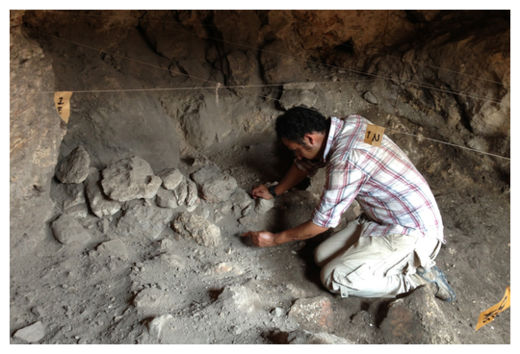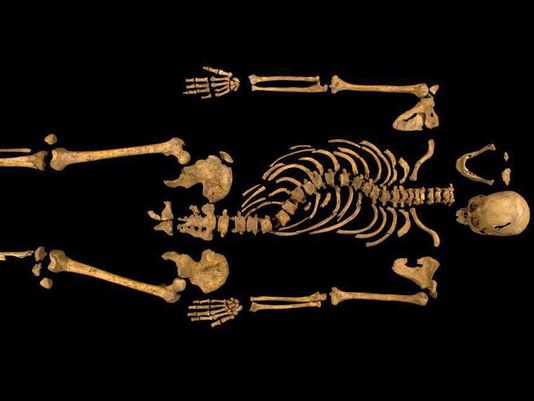
© NASALake Toba, Sumatra bears the scars of a massive eruption 74,000 years ago. The question is: did modern humans arrive in Asia before or after this time?
The first anatomically modern humans almost certainly arrived in southern Asia within the last 70,000 years, having dispersed as small groups of pioneer settlers along coastal regions from Africa, say UK scientists.
But another expert has disputed their proposal, saying there is still too little evidence to say for certain how humans dispersed into the region.
Using a combination of genetic and archaeological evidence, scientists led by
University of Cambridge archaeologist Professor Paul Mellars and geneticist Professor Martin Richards, from the
University of Huddersfield, say modern humans left eastern Africa sometime after 70,000 years ago and dispersed along the coast to the region south of the Himalayas.
The research, which appears in the
Proceedings of the National Academy of Science , is the latest volley in a heated debate about how, and when, humans spread around the globe.
The controversy has been particularly intense when it comes to the southern part of the Asian continent, the authors say.
Some scientists think modern humans arrived in the region 50,000 to 60,000 years ago having originated as a small group who left Africa and expanded around the coastlines of southern and southeast Asia.
Others think there was a much earlier dispersal of modern humans from Africa sometime before a massive volcanic eruption on Mount Toba in Sumatra, about 74,000 years ago.

